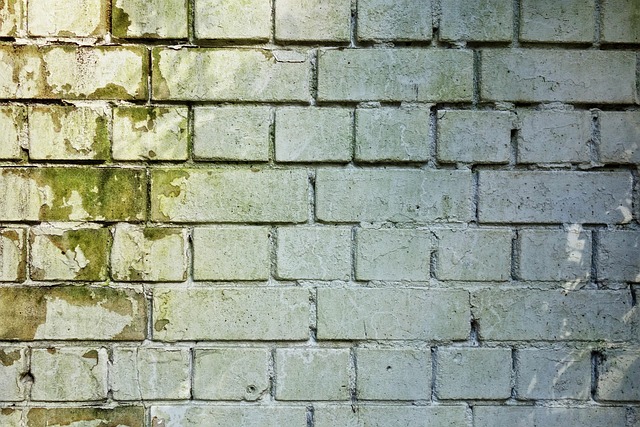If you’ve ever opened a window and smelled that heavy smell of dampness that makes you think, “This doesn’t smell good,” chances are you’ve been dealing with mold. That little green (or black) temptation can appear out of nowhere—most often after winter, after a water leak, or simply because your apartment likes to retain moisture like a sponge.
But let’s be real—it’s not just a matter of aesthetics. Mold in the house is not just an ugly stain on the wall. It can affect your health, damage walls and furniture, and even reduce the value of your property.
That’s why many end up calling a residential mold removal company, i.e., professionals who have the equipment and experience to clean everything thoroughly and safely. They not only remove mold but also check what caused it—moisture, leaks, poor ventilation… and fix the cause.
How Common Is Mold in Homes?
If you think that this happens only in old buildings, you are mistaken. According to research from the US Centers for Disease Control (CDC), between 50% and 70% of US households have a damp or mold problem.
Also, nearly half of all homes have at least some form of mold, most commonly in bathrooms, kitchens, and basements. So, even if your wall looks clean, that doesn’t mean there isn’t a hidden problem lurking somewhere beneath the surface.
Why Does Mold Appear?
The simplest answer: moisture.
When moisture stays longer than a day or two, mold gets ideal conditions to grow. The most common reasons are:
- pipe or roof leaks
- poor ventilation (especially in bathrooms and kitchens)
- condensation around windows
- poor wall insulation
In some cases, mold also occurs due to subtle problems, such as condensation behind cabinets that are against the wall, because the air is not circulating enough.
How dangerous is mold?
It depends on the type and quantity. Some molds, such as Stachybotrys chartarum (known as “black mold”), can cause respiratory problems, headaches, fatigue, and even allergic reactions.
Even “common” species, such as Aspergillus or Penicillium, can cause problems for people who suffer from asthma or are immunocompromised. Mold releases spores that enter the air and thus become an invisible but persistent enemy of your health.
And no, it is not enough to just wipe the wall with bleach. In most cases, this removes only the surface layer, while the root of the mold remains in the wall—ready to return as soon as a little moisture arrives.
Can You Solve the Problem Yourself?
Theoretically, yes, if it is a smaller area (say, a few centimeters in the bathroom).
Practically, often not.
Mold spreads quickly, and if treated incorrectly, you can only make the situation worse. During cleaning, the spores can spread throughout the room, creating a bigger problem than you already have.
How to prevent mold from appearing in the first place
Here are some simple tips that you can apply right away:
- Ventilate the apartment regularly—especially after showering and cooking.
- Check for leaks—even the slightest drip can cause moisture.
- Keep humidity low—ideally below 50%, using a dehumidifier.
- Don’t push the furniture right up against the wall—let the air circulate.
- Cleans air conditioning and ventilation filters—they often retain moisture and spores.
- Small changes in habits can mean a lot—both for the health and condition of the walls.
Conclusion
Mold is not just an aesthetic problem. It “steals” your health, fragrance, and even money if you ignore it. If you notice the first signs, act quickly. Don’t wait for it to spread and become a serious expense.
Sometimes a little cleaning and ventilation will be enough, and sometimes you will need the help of an expert. In any case, know that the problem can be solved—just don’t turn your head away from it.




